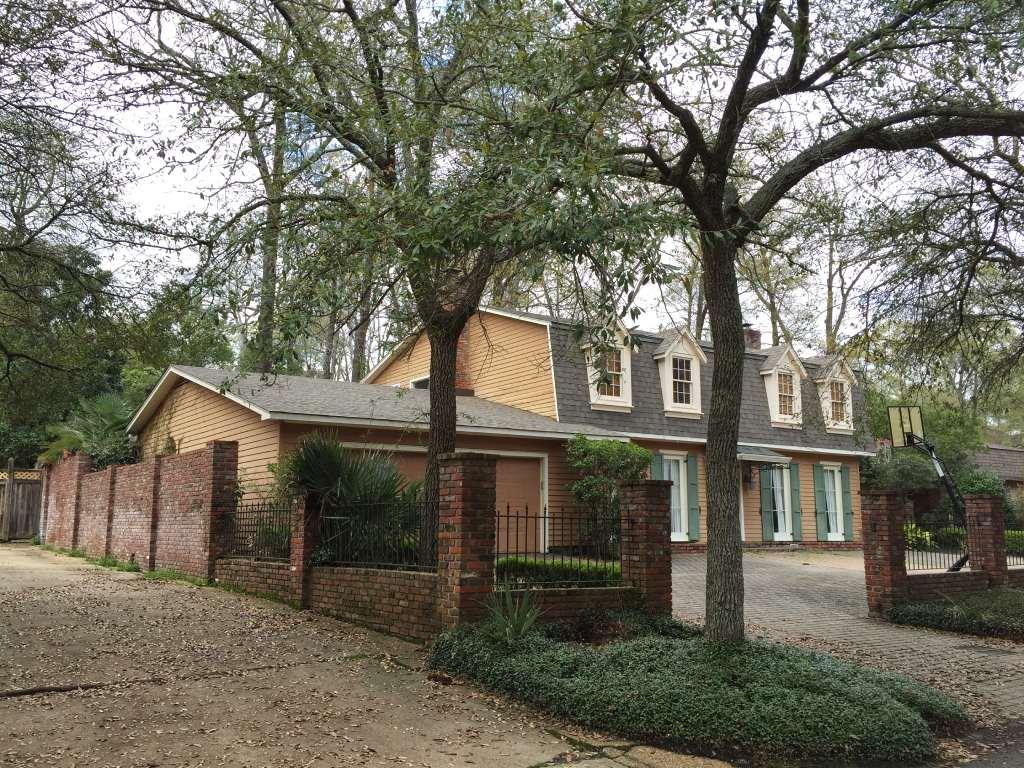As a homeowner, you will eventually have to replace your roof at some point in your life. Every decision related to your next roofing project will be critical. And one of the most significant decisions to make is about the right roofing style for your home.
The type of roofing style you choose may completely alter how your home looks!
But don’t worry, here is our second post about the most popular residential roofing styles. So, by following our guidance, you can select the right roof for your home.
The Most Popular Roofing Styles for Homes
- Gambrel Roof
In architecture, a gambrel roof, also called a barn roof, is a type of bipartite roof with a steep lower slope and a shallower upper slope. Gambrel roofs feature wooden shingles and have a classic appearance that is reminiscent of colonial America.
Gambrel roofs, like hipped roofs, have plenty of headroom because of the steep pitch of the lower slopes. So, with a roof like this, you can turn an attic or loft into usable space.
Extreme weather, such as heavy rainfall, snow, and winds, makes gambrel roofs unsuitable for homes in these regions. But we recommend using reinforced trusses to protect against the damaging effects of bad weather.
- Pyramid Roof
These are pyramid-shaped hipped roofs. This roofing style has four triangular slopes that meet at a single point. Typically, it has a square or rectangular framework.
Sheds, gazebos, garages, and other small residential buildings like cabins and bungalows frequently feature pyramid roofs.
The longevity of a pyramid roof is its most relevant benefit. Because of the balanced distribution of loads at their base, they are remarkably wind resistant.
However, the complexity of the design requires highly trained specialists, which drives up the price.
- Butterfly Roof
An inverted gable creates lifted “wings”. These wings slope inward, forming a valley in a modern roof design called a butterfly roof or V roof. How symmetrical or asymmetrical a butterfly roof is will determine the valley's position.
Butterfly roofs offer a distinct benefit that can aid in collecting and storing water during droughts for those who live in hot, dry climates. Guttering is unnecessary on butterfly roofs because of their inverted design. Instead, it all drains into the roof’s valley.
To take advantage of this water collection method, you will require a specialized structure that channels the water into a holding tank.
Besides, butterfly roofs are frequent along the coasts because their “wings” are very aerodynamic and can withstand wind damage.
- Saltbox Roof
A saltbox roof is a type of gable roof with two asymmetrical planes. One side is shorter and has a low slope, while the other side is longer and has a steep slope.
The steep slope of these roofs makes them ideal for homes in rainy climates, as the water runs off quickly and does not pool.
The longer side of a saltbox roof cuts into usable interior space by sloping downward, resulting in either low or skewed ceilings.
The Ideal Type of Roof for Your House
Are you planning to replace your roof? This process will go smoothly if you know which residential roof style you need. But you will also need to work with a professional, local roofing contractor.
For more information, you can reach Watkins Construction and Roofing at 601-488-3179. We service areas in Jackson, Flowood, Clinton, and Ridgeland, MS.
